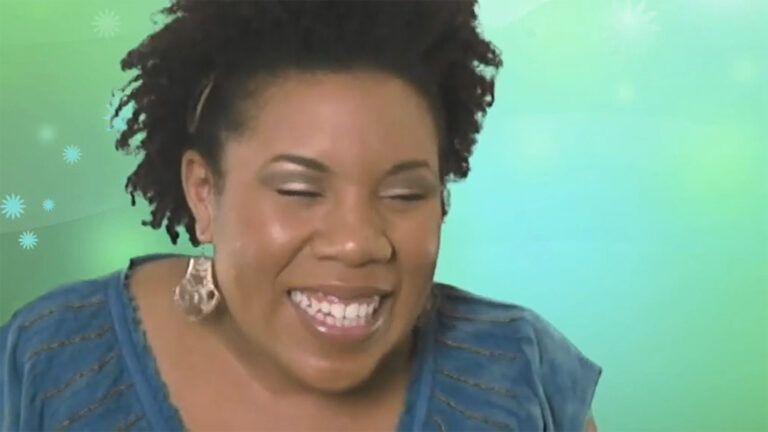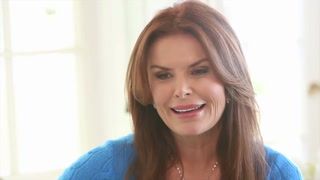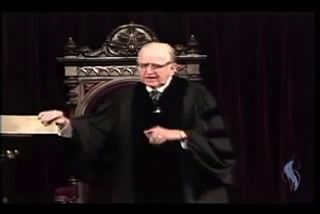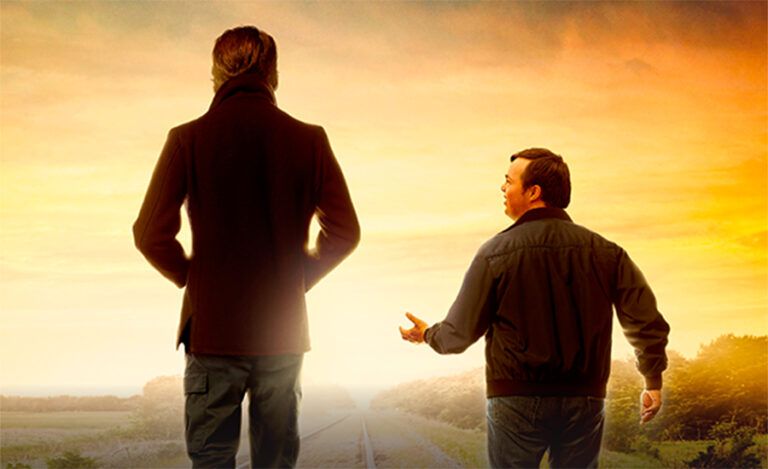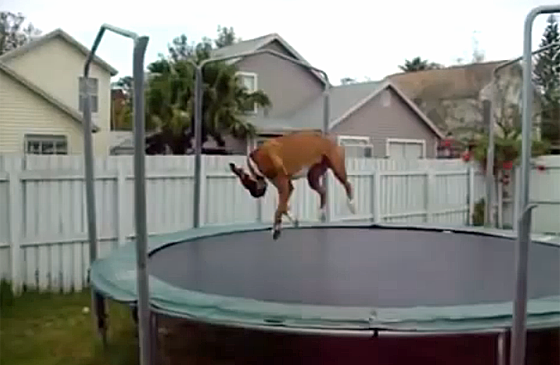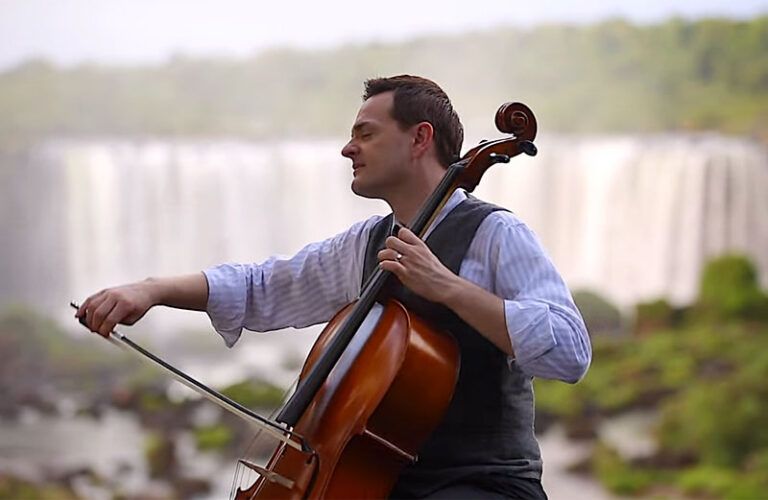
A Dog Trainer Offers Tips on Training Difficult Dogs
Chuck Avery discusses his therapeutic approach to training dogs who have been emotionally and physically abused.
View Transcript
So I’ve dog-trained for about 20 years. I then got diagnosed with CLL, which is a rare form of lymphoma. It made it to where I couldn’t go back to a nine-to-five office. So I said, “Well, I’m getting paid to be at home through disability. I need to give back to the community.” And I decided I had to go and start walking dogs.
I started at the local kill shelter. I do roughly eight miles a day. But it really got me to the point to where I don’t think I’d be able to do what I do today if it wasn’t for having a purpose of helping these animals.
In the Phoenix area, there’s over one million dogs euthanized a year. But what I kind of specialize in with that is taking the ones that are set to be euthanized and give ’em a second chance. And it’s kind of allowed me to have a second chance myself, feel a little bit of purpose, and hopefully contribute to an underserved part of our community, which is the animals.
But I also work with dogs that are emotionally and mentally have been betrayed over the years. So they have severe issues with the biting, aggression, things like that. And you really have to be emotionally sufficient on yourself for that. And really, the reason I have faith that they can change is because you see it happen. And for me, with somebody who has dealt with a lot of other issues over the years, it gives me faith that they can change because I can change. The proof is in the pudding.
The program that I put together is based off of three principles. One is that you reward positive behavior. Two, you ignore or redirect bad behavior. And then the third one is consistency. And as long as you can stay consistently emotionally with the dog, they’re going to come further and further and further along. And that’s what we kind of strive for.
That’s what I do when I go to shelters and train shelter staff and volunteers. That’s what I really preach to them.

